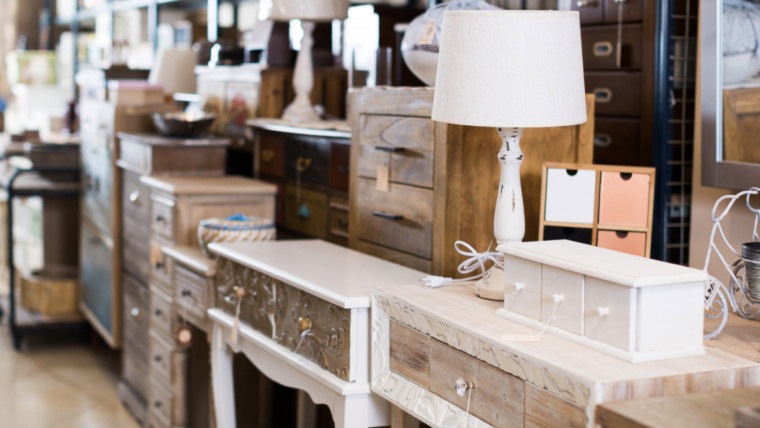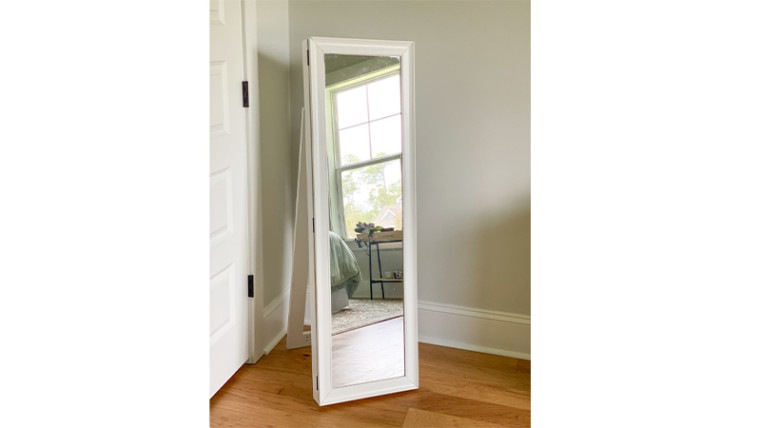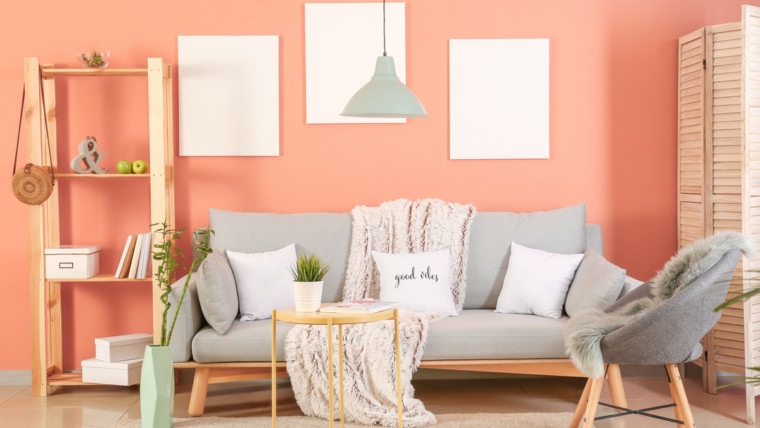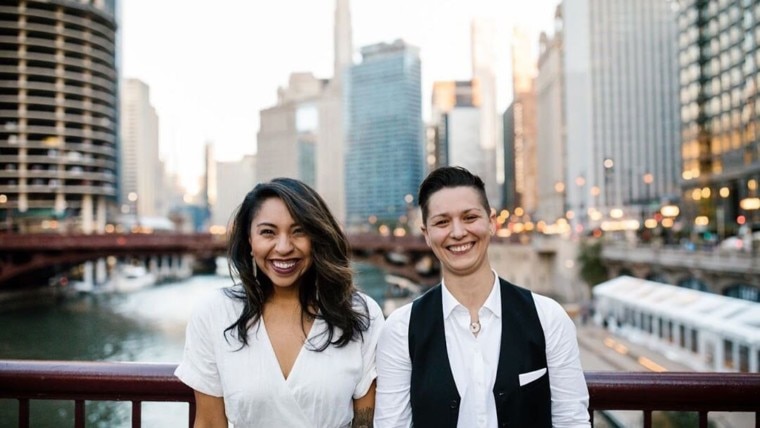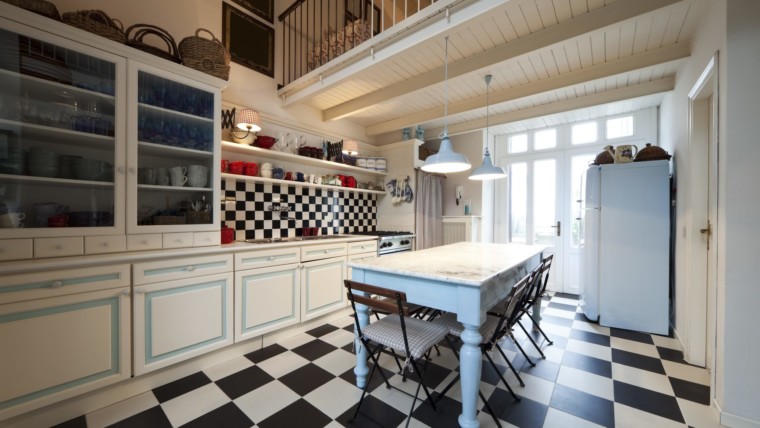Have you ever pulled a picture out of a magazine or seen a room on one of those home makeover shows and wondered… “How do they get it to look so “put-together” and decorated?”
Well, I think you’d be surprised to find out that about 90% of the reason we feel so drawn to a space, is because of all the beautiful finishing touches, patterns, colors and textures; something that all of us can duplicate easily, with just a few rules in mind. Today we’re going to focus on pattern mixing, and how you can incorporate color and movement into your space, without overwhelming a room.

The Power of Three
Whether it’s shelf decor, pillow placement or planting shrubs, odd numbered placement of objects just looks more aesthetically pleasing to the eye.
The same rule applies when mixing patterns for a space. Experts say that typically, you should have at least 3 different patterns going on in one space, to make it interesting.
So how do you pick the right three patterns for your room? Here are a few guidelines to keep in mind.
Choose a Lead Pattern
This will be the pattern that you love the most! The inspiration for your entire space or room. In most cases your “lead” pattern will be a bolder, larger print pattern, and that’s where our next point comes into play.

Scale Variation
Once you’ve determined which pattern you want to be the most dominate in your room, then set out to find two additional patterns in colors that compliment your “lead” pattern, but only this time, on a slightly smaller scale. So if you’re starting off with a large bold geometric pattern, then maybe your next mix-in would be a softer, less harsh allover print instead.
Examples of Patterns that Work Well Together
- Small polka dots, stripes, and florals
- Animal prints and solids with texture
- Chevron, small floral, and solid
- Geometric, colorful floral, small stripe
- Plaid, graphics, and solids
Solid Ground
If you’re not used to mixing lots of pattern and feel like adding a third is a bit overwhelming, then at this point, pick a solid color from your original lead fabric, and try to incorporate a little bit of texture (velvet, ruffle, corduroy, grasscloth) instead, that gives the illusion of added pattern, but only through movement and not an actual print.

Some other key things to remember when mixing and matching patterns in a space
Try not to use more than two large contrasting patterns in one room. Florals, polka dots, stripes, geometrics, etc. Doing so may end up making your room look less inviting, more cluttered, and overall confusing.
The darker and bolder the colors and prints of your patterns are, the more dramatic your room will look. If you want to make a big statement, stencil and entire wall, or use your lead/most dominate pattern as window coverings, instead of in a small pillow.
Don’t be afraid! Pattern is what adds so much personality to a space, so don’t stop at just a few throw pillows. Think outside the box. Add pattern through rugs, furniture, throw blankets and art. Finding unique ways to mix your personal style into a room, is the best part about decorating and making a space your own!





